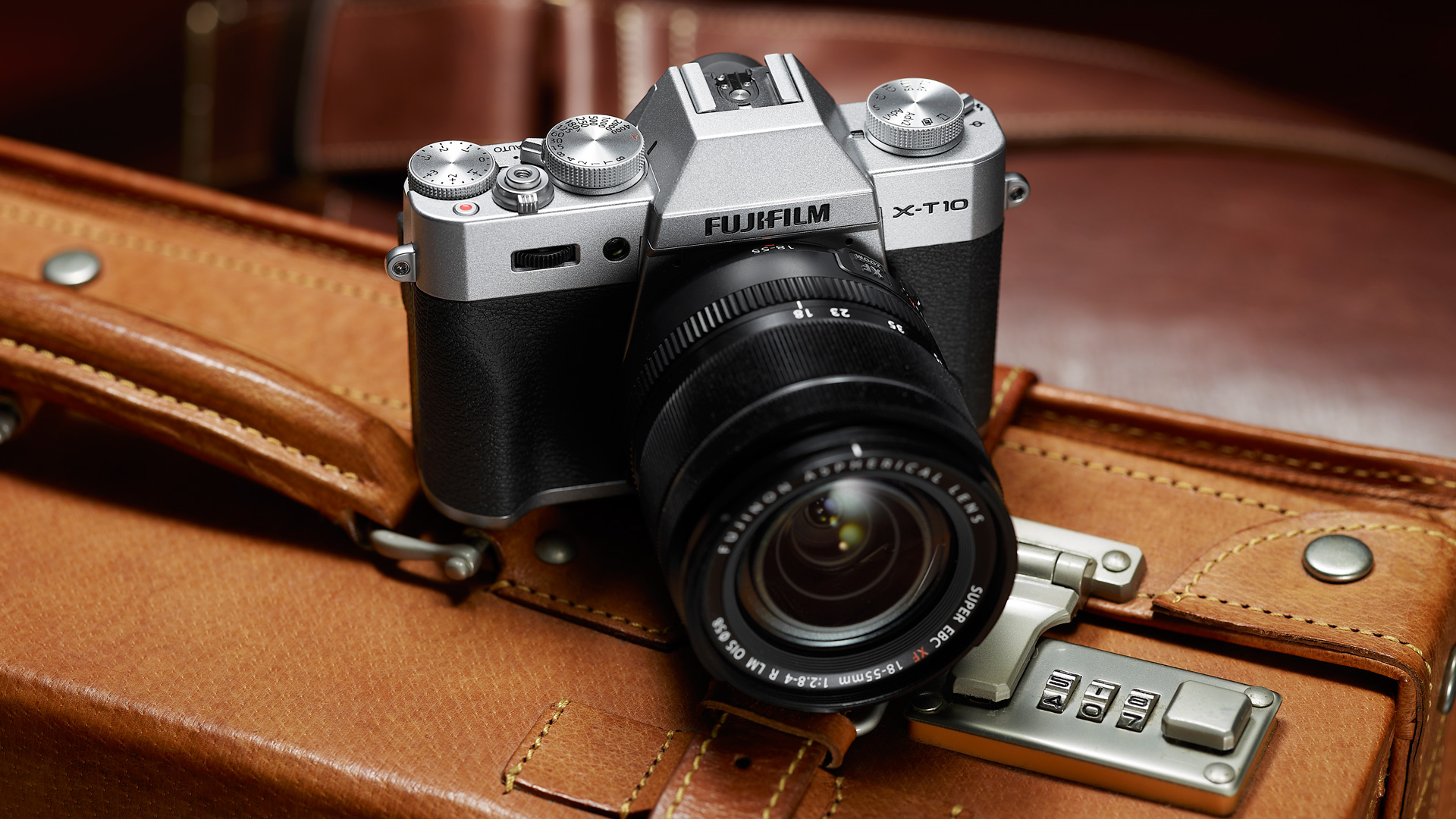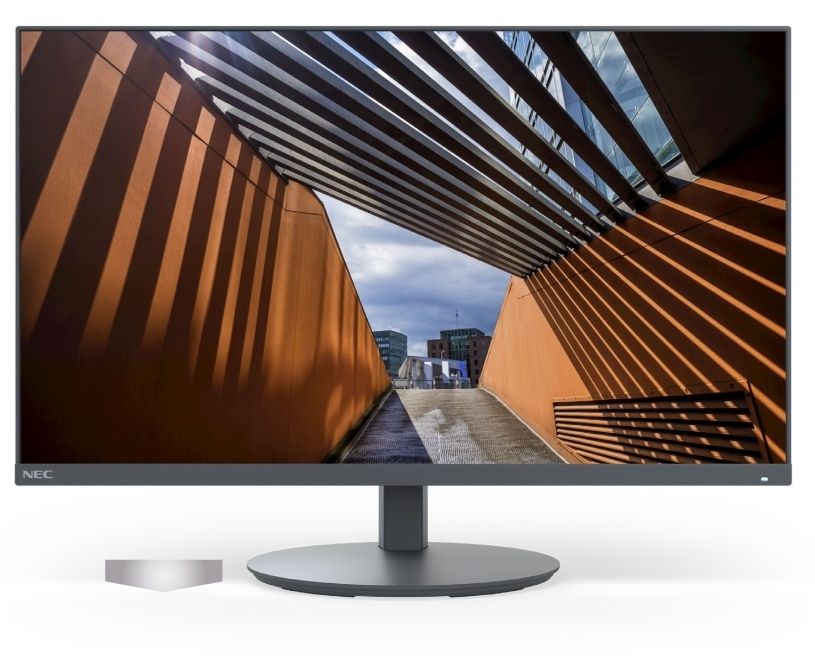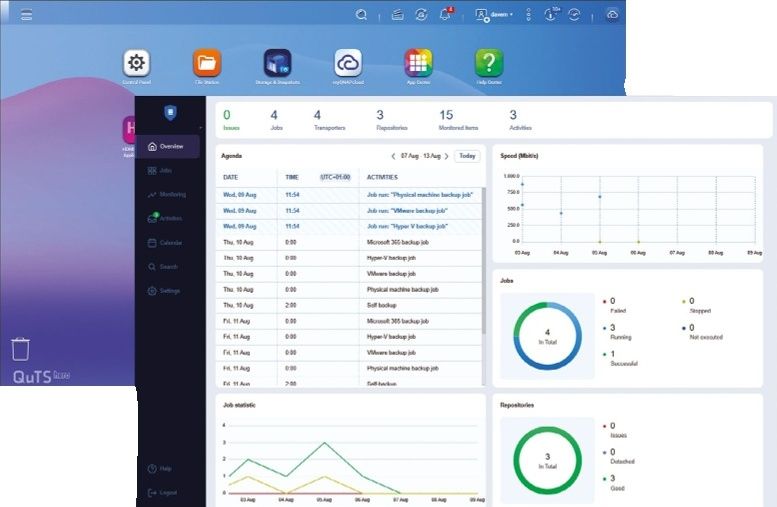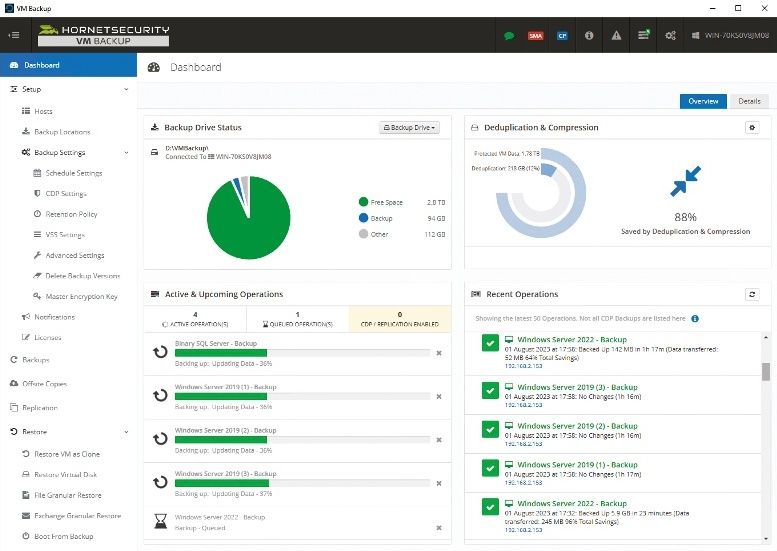Why you can trust TechRadar
The X-T10 has the same X Trans CMOS II sensor and processing engine as the Fuji X-T1, so the quality of the images from the new camera doesn't come as much of a surprise. It's capable of capturing an impressive level of detail, especially for a 16Mp camera. That's thanks in part to the sensor design, which doesn't require an anti-aliasing filter to avoid moire interference.
Noise is also controlled well throughout the native sensitivity range, and even at the maximum setting (ISO 6,400) images retain a high level of detail. JPEG files recorded at this setting have an even texture of luminance noise visible at 100%, but they still look good and there's enough detail present to produce nice A3 (11.7 x 16.6inch) prints. As usual raw files have some chroma noise, but this can be controlled easily, enabling you to find a good balance between noise and detail.

The JPEGs captured at the lowest expansion setting, ISO 12,800, are pretty good, and even ISO 25,600 produces reasonable results, but I would avoid using the maximum setting unless it's vital to get an image, as there's noticeable softening at normal viewing or printing sizes.

Like the X-T1, the X-T10 produces very attractive images in a wide range of situations. Fuji is widely respected for its colour reproduction, and the Film Simulation modes are very popular. My favourite is Classic Chrome, which produces quite muted colours with a warm tone, but the standard option, Provia is a good all-rounder, while Velvia is great for creating images with more saturation. This is backed up by an auto white balance system that performs well in most natural lighting situations, although images shot in very overcast or shaded conditions can look a little cool.
Improved autofocus
A key criticism of previous X-series compact system cameras has been the autofocus performance with moving subjects. The autofocus system improvements brought by the X-T10, and being rolled out to the X-T1 with a firmware upgrade, are designed to address the issue – and there's a vast improvement. In Continuous Autofocus mode it's now possible to select points, or zones around the frame and the camera will track the subject within the zone or around the frame. The greatest flexibility comes when shooting in Single-shot or Continuous Low mode, but even in Continuous High mode it's possible to choose between nine individual points or, as outlined in Build and Handling, move the zone across 15 points.
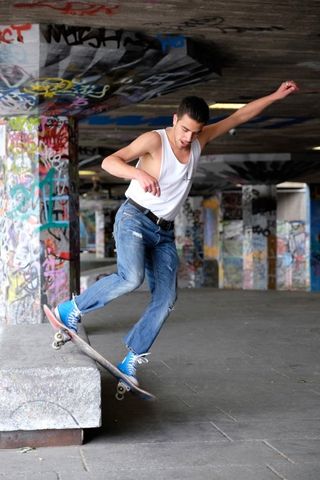
In Continuous Wide/Tracking mode the AF does a reasonable job of locking onto a moving subject and tracking it around the frame, but busy surroundings can be a distraction, so Zone AF or Single point mode is often a better option. Provided the active zone or single point is kept over the subject the camera does a good job, delivering sharp images on most occasions even in subdued light. I found I was able to get consistently sharp images of cyclists competing in a triathlon on a bright sunny day, and of skateboarders on an overcast day in covered area.

It would be nice if the focusing points could extend a little further out from the centre of the frame when shooting at the X-T10's maximum rate (8fps), but it's not a major issue in many situations.
In Single AF mode the X-T10 snaps the subject quickly into sharp focus. It's also helpful that, as in the new Fuji X-A2, the new Auto Macro function automatically activates Macro mode when close subjects are detected, so there's no need for a macro button.
Like other Fuji X-series compact system cameras, the X-T10 tends to produce JPEG images with quite high mid-tone contrast. This makes the images look sharp, vibrant and film-like, but their dynamic range isn't especially high. The general purpose Multi-zone metering system is also a little prone to producing quite bright images, so it's a good idea to keep an eye on the histogram to make sure brighter areas aren't lost. Some highlight detail is usually recoverable from raw files, but you still need to take care.
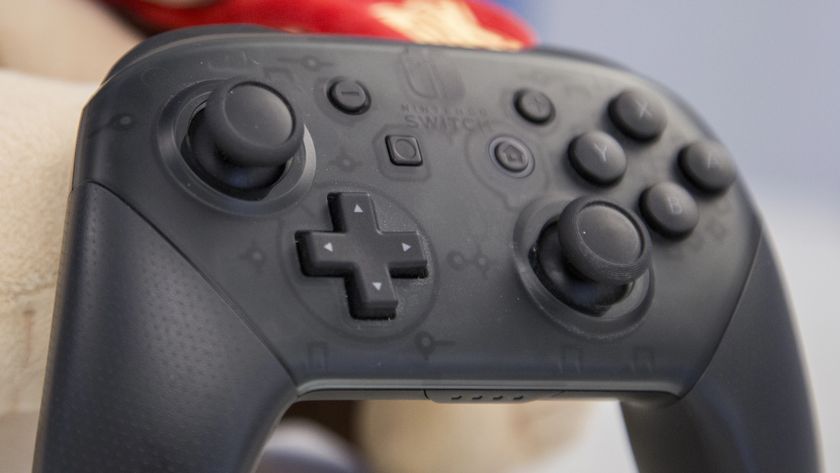
Nintendo's latest FCC filing hints at a Nintendo Switch 2 Pro Controller featuring a headphone jack

Why US third-party vendors need to act fast on DORA compliance

Forget the Nintendo Switch 2 – I’m more excited that Microsoft could be making Windows 11 gaming handhelds even better with a new ‘handheld mode’
